Stelino, A. (2015). Music therapy songs for special kids. Available from: www.ahjaystelino.com
Reviewer: Victoria Churchill
MMus(Thrp), BMus, ATCL, RMT (Australia)
This selection of music therapy songs by Ahjay Stelino (the publishingname of Ajay Castelino (NZ RMTh), instrumental teacher, performing musician and songwriter) offers a “ready to use” 30-minute music session for parents/caregivers, teachers, and other professionals. It comprises 14 songs linked to one of six “themes” (greetings, movement, instruments, vocalisation, educational, and anticipation). I found the overall concept of this resource exciting, not only as a means of facilitating more meaningful musical engagement when a Registered Music Therapist may not be available, but also as an excellent opportunity to spread further awareness of our profession in a very approachable way.
The intended audience – “special kids” – is not further defined beyond this widely recognised and broadly understood term, which refers toa diverse population. As a therapist experienced with children who have diverse needs, it seems to me that most tracks require fine and/or gross motor skills to engage in the actions in the lyrics and song descriptions (e.g., to clap, wiggle fingers, stomp feet, sway arms, play instruments, etc). However, Ahjay offers helpful suggestions for adaptation to children’s abilities, such as using alternative beats to offer more time for physical co-ordination, coactive assistance, or in “Friends forever”, including wheelchair dancing). Most lyrics also seem complex enough to require at least moderate receptive language for full independent engagement, and if the child were expected to sing along, at least moderate expressive language. However, two songs (“The family song” and “Monkey monkey”) are noted by Ahjay to be designed to encourage “intentional vocalisation”. It seems then that the CD encompasses all abilities through certain songs, rather than being a session for a specific population within the spectrum of “special kids”.
The audio recordings offer a wide range of musical genres and styles, as well as an overall mellow feel that could reflect its therapeutic intent (as opposed to high energy entertainment). However, this dynamic is consistent across the CD, or duration of the session; there is little rise or fall, such as a therapist might use to engage and calmparticipants, especially those with special needs. Though there are three songs that offer a little internal contrast, they seem sporadically placed: “Elephant stomp”, with an ominous instrumental introduction; “Castanet o castanet”, with sad lyrics and accompaniment style; and “Let’s do some counting”, which seems rather too slow.
Considering these points, I can imagine the CD being most appropriate for typically developing children in a hospital/outpatient setting, or children with high functioning autism, mild physical disabilities or mild/moderate learning needs. Selected songs may also be appropriate for rehabilitation programmes led by occupational therapists, physiotherapists, or speech-language therapists. In terms of age, which is also not specified, the songs are suitable for children of primary and perhaps intermediate school level, depending on the children’s developmental stage and preferences. Children with more severe disabilities would need considerable support to participate fully.
In terms of facilitating a therapeutic session from the CD (as intended), there are two key positives. Firstly, the overall pacing of the recorded songs is good for following, with enough repetition for children to engage over time if needed without being boring. Secondly, a facilitator could easily skip tracks that were less suitable for their participants’ abilities, although this would alter the intended 30-minute session length. However, if one followed the e-book guidelines for each track (which I would strongly recommend for therapeutic benefit), a pause between songs would be needed for the facilitator to physically prepare participants and themselves.
I received the resource as a physical CD and spiral-bound booklet, one of the options for purchase online. (I assume that the alternative digital downloads are identical.) At first sight, the CD appears appealing and approachable, the cover simple but informative, colourful and fun. Rainbow balloons are used to display each of the six themes, on both the front, back, and insert. The track list starts and finishes with greeting and farewell songs, and all 14 titles are colour-coded to each of the six themes. The CD insert briefly explains the intended use, together with a brief composer biography and a link to the website (www.ahjaystelino.com). The e-book, as my spiral-bound copy, was also very approachable. Its front shares the CD cover image alongside a general contents list: Song descriptions, Lyrics, Chords, Sheet music. There is approximately one page for each of these, for every track, and at first glance the resource overall appears readily usable for the facilitation of a session or use of an individual song, with transposition and capo indications also provided. The only immediate critique would be that the use of spacing and font size for the lyrics could be improved and chord charts could be clearer. Looking deeper, certain details are not as obvious as anticipated. For example, the “Song descriptions” provide a simple, informative overview, but do not refer to their corresponding theme or directly outline their individual goal – the former is only available on page 3 of the e-book or from the CD insert. The collection would benefit from more information, such as the rationale for the choice of themes and goals; the goals themselves and how they are met by their corresponding song; and connections between themes, goals, and songs. Further information relating these details to the intended audience would also be beneficial.
The website offers a brief outline of the themes (similar to that found in the CD insert), and you can also listen to the songs online and download lyrics for free. It does not specify that purchase of both audio and written components are necessary for full therapeutic benefit. I suggest that an outline of the booklet contents is added to the website, and that only samples of the audio recordings and lyrics be available for free, as it would be easy to assume that simply accessing the songs and lyrics would be the full extent of the resource, and would be sufficient for facilitation.
In essence, immediate application of the CD alone as a ready to use activity is possible and highly valid; but without background information provided by the e-book, as well as at least some planningand preparation, the resource cannot be used to its full therapeutic potential. Furthermore, certain details and direct links are missing from the written materials, inhibiting a completely informed approach.
I commend Ahjay for setting out to create such a resource as a whole, especially offering practical and accessible support to those outside our profession who wish to use music therapeutically. I hope that the suggested revisions can be made in the future, to create a truly excellent resource. This publication adds to New Zealand resources, and I hope it will encourage other New Zealand Registered Music Therapists to produce audio recordings and resource packs for music therapists and those we support.


